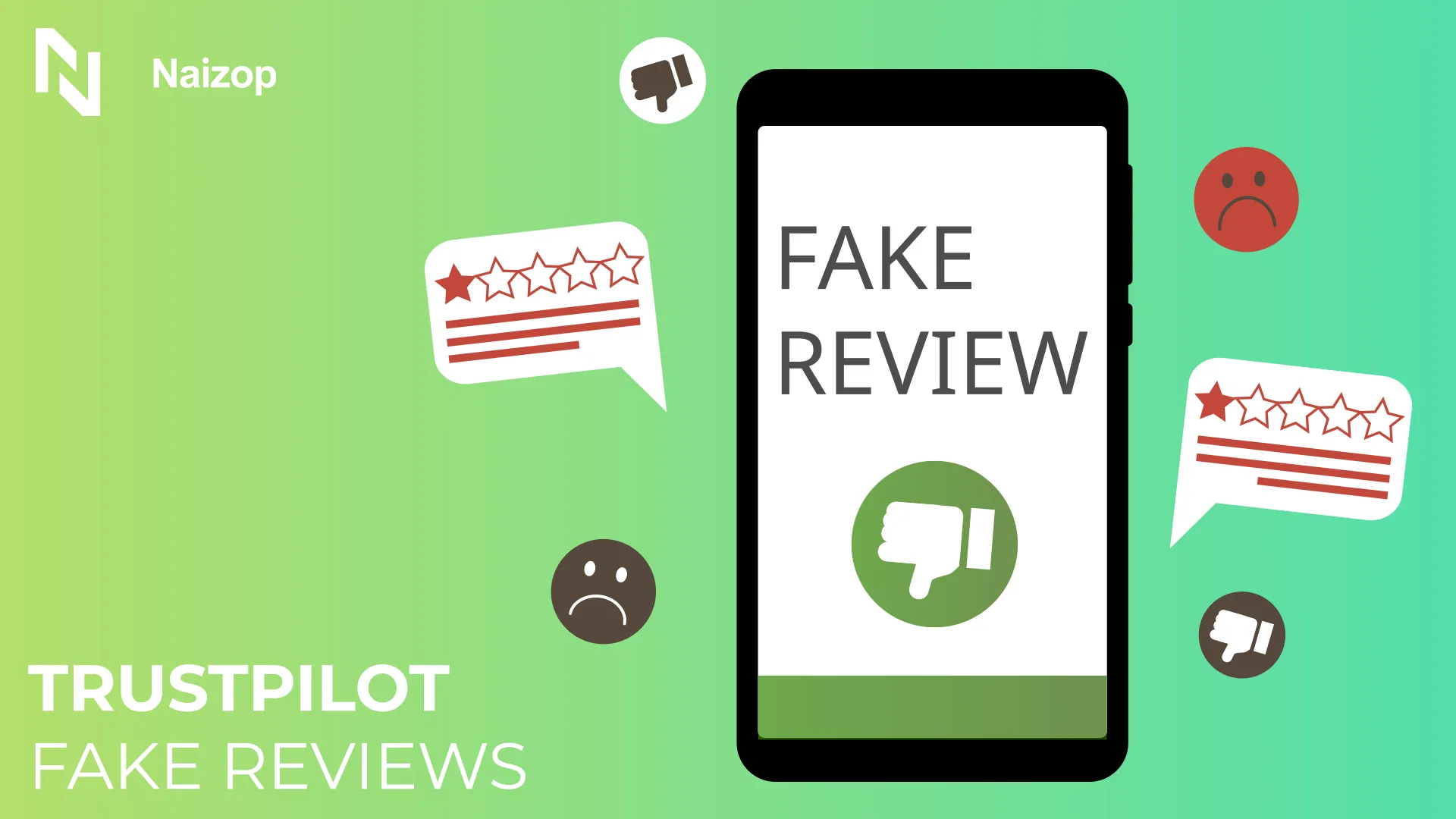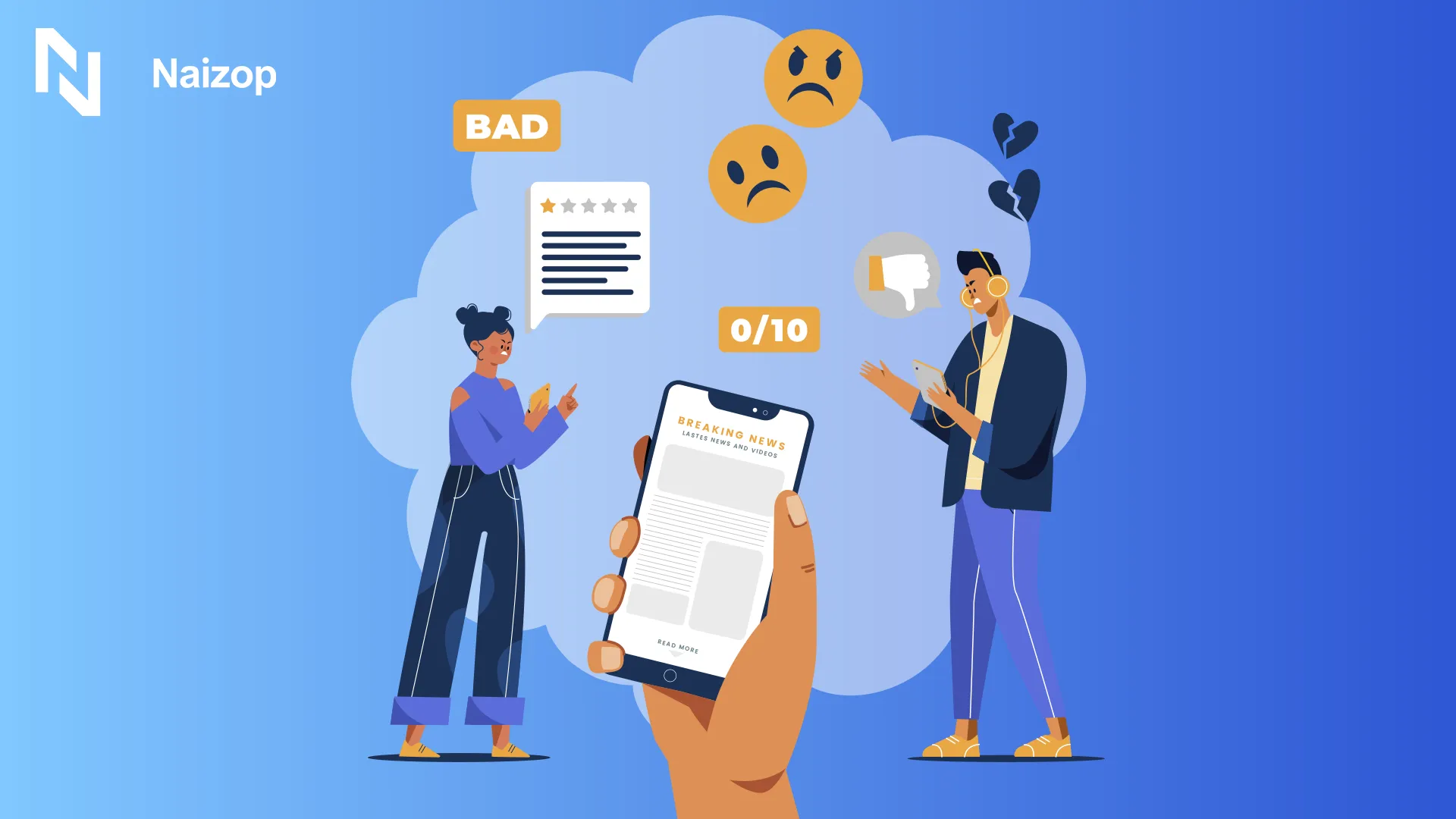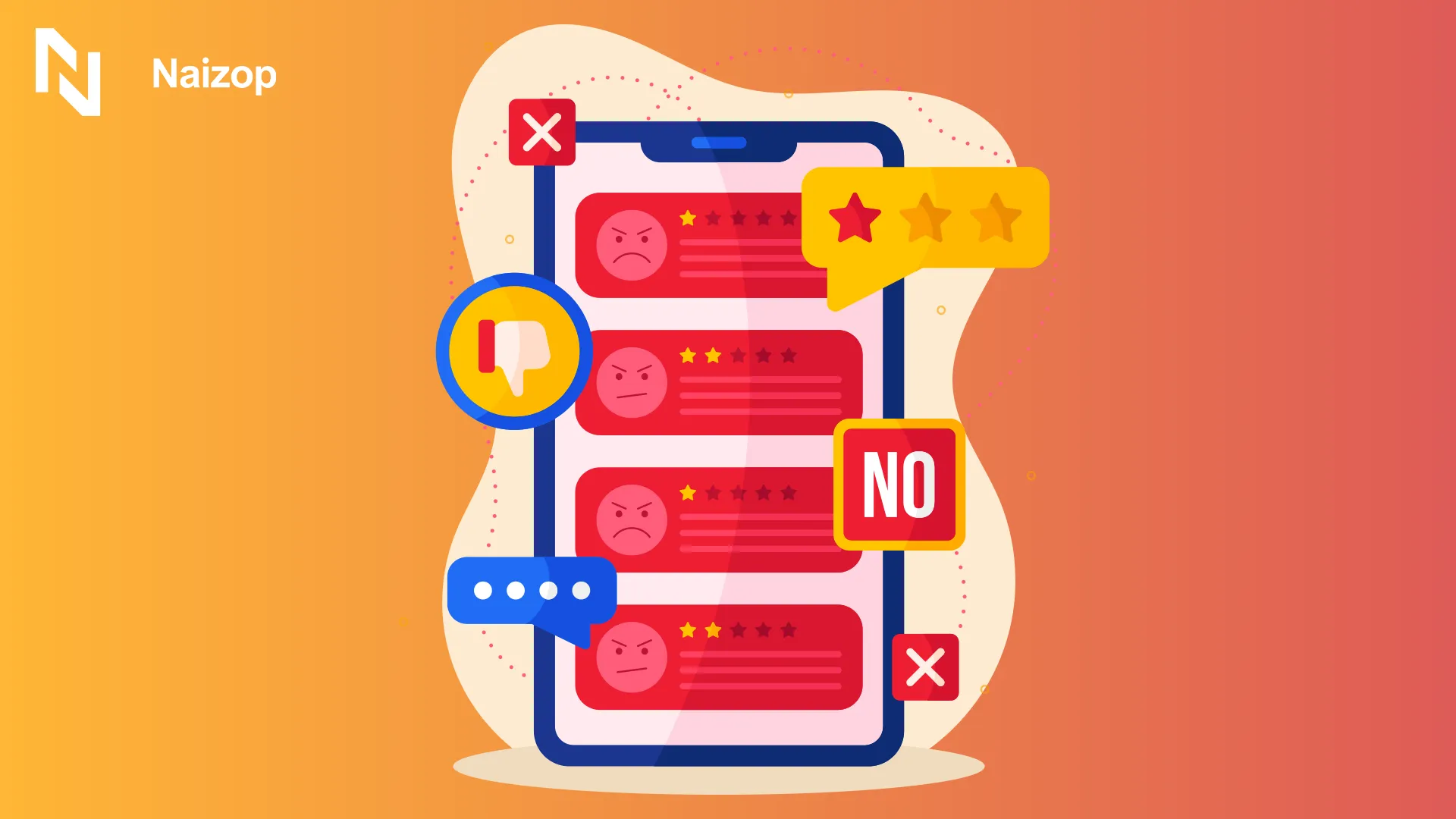Flash Sale |50% OFF on Followers, Likes, Views
Flash Sale | 50% OFF on
Followers, Likes, Views
Flash Sale |50% OFF on Followers, Likes, Views
Flash Sale | 50% OFF on
Followers, Likes, Views
All Services
Instagram
TikTok
YouTube
Twitter
Facebook
Threads
Snapchat
Telegram
Discord
Reddit
Quora
Spotify
SoundCloud
Twitch
Kick
Rumble
Podcast
LinkedIn
OnlyFans
Pinterest
Reviews
SMM Panel Pages
Growth Services
Bot Services
Report Bot Services
Others
All Services
Instagram
TikTok
YouTube
Twitter
Facebook
Threads
Snapchat
Telegram
Discord
Reddit
Quora
Spotify
SoundCloud
Twitch
Kick
Rumble
Podcast
LinkedIn
OnlyFans
Pinterest
Reviews
SMM Panel Pages
Growth Services
Bot Services
Report Bot Services
Others


Noah Blake
Last Update: February 3, 2025Trustpilot fake reviews are a hot topic these days, and it’s no surprise why. With so many companies relying on online feedback, reviews can make or break a business.
But let’s be real - fake reviews aren’t just a sneaky trick; they’ve become a full-on industry.
Whether it’s someone trying to boost their Trustpilot profile or remove reviews they don’t like, this trend is all over the platform.
In this blog, we’ll dive into why people write these reviews, how they affect businesses, and why honest reviews (like the ones we provide) are the way to go.
Let’s get into it!

Fake reviews on Trustpilot aren’t just a small issue - they’ve become a big deal for businesses and consumers.
They can trick people into making bad decisions or unfairly harm a company’s reputation. Before we dive into the details, let’s break down what fake reviews on Trustpilot are all about.
Fake reviews on Trustpilot are reviews written by people who aren’t genuine customers or didn’t actually use the service they’re reviewing.
These can be overly glowing good reviews written to make a business look good, or they can be negative reviews meant to harm a competitor.
Fake reviews often show up on platforms like Trustpilot because it’s such a trusted space for consumers to share feedback.
Unfortunately, fake reviews can mislead buyers, hurt businesses, and create a lot of confusion about what’s real and what’s not.
There are different types of fake reviews floating around on Trustpilot. Let’s break them down:
Fake reviews might seem sneaky, but the reasons behind them are more common than you think.
Whether it’s businesses trying to shine brighter or competitors trying to cause trouble, fake reviews on Trustpilot come from all kinds of motivations.
Let’s explore why people write these reviews and how this affects consumers and businesses alike.
Some businesses write fake positive reviews or hire people to do it for them. These glowing reviews make their services look incredible, even if the reality isn’t quite so impressive.
With a few well-placed fake positive reviews, they can remove reviews they don’t like and create a profile that seems flawless.
Buyers are often drawn to companies with tons of amazing reviews, and businesses know this can lead to more purchases and better customer trust.
Unfortunately, this tactic can make it harder for consumers to find honest reviews and real experiences when choosing a service.
Not all fake reviews are positive; some are written to damage another business.
These fake negative reviews are often full of exaggerated claims or completely false stories to make a competitor look unreliable.
For example, a writer might talk about horrible customer service or a product that didn’t even exist.
Competitors may go so far as to hire paid services to write these comments targeting other companies.
These bad reviews can hurt a business’s reputation, lead to fewer purchases and legal action, and create unnecessary challenges for companies trying to build trust with buyers.
Fake reviews don’t always come from businesses - sometimes, it’s individuals looking to make a quick buck or get attention.
Writers might accept payment to write fake positive reviews or negative ones, depending on what they’re hired to do.
Others might write nasty comments out of boredom or as part of an elaborate prank.
Some even create fake accounts using different IP addresses to post multiple reviews on the same business account.
Whatever the reason, these comments can mess up the system, leading to confusion for consumers and extra stress for businesses trying to maintain their core beliefs.
Fun Fact: Did you know that people spend up to 49% more money at businesses that reply to reviews? Engaging with customer feedback not only builds trust but also boosts your bottom line.

Positive reviews on Trustpilot can sometimes feel like a mixed bag. While many are written by genuine buyers, others might come from less honest sources.
So, how can you tell if those glowing reviews are legit? Let’s break it down:
Spotting fake reviews on Trustpilot doesn’t have to be rocket science. Once you know what to look for, it gets a lot easier to separate honest reviews from the fake ones.
Let’s walk through some quick tips to help you read reviews like a pro.
If a review sounds too good to be true, it probably is.
Fake good reviews often include generic phrases like “the best service ever” without offering any real details about the business or their experience.
Real customers usually share specific feedback about what they liked.
💡 Pro Tip: Look for keywords like “service” or “site” mentioned in context. Vague reviews might just be fake.
Fake reviews often follow a pattern, with multiple reviewers using similar language or posting reviews around the same time.
These patterns suggest they could be from the same fake reviewer or a paid service trying to build up a business account.
💡 Pro Tip: Check if the same reviewer has left reviews on unrelated companies - it’s often a red flag.
A genuine reviewer usually has a history of leaving reviews across different platforms. Fake accounts often have just one or two reviews, usually full of extreme praise or criticism.
💡 Pro Tip: If the reviewer doesn’t seem like a real person, trust your gut - it’s probably fake!
Fake reviews on Trustpilot can be a headache, but knowing how to spot them and focus on genuine feedback makes all the difference.
Positive and authentic reviews help consumers make smarter decisions and allow businesses to grow the right way.
At Naizop, we’re here to make it easy for you to build a strong Trustpilot presence.
With our genuine Trustpilot reviews, you can grow your profile, attract more buyers, and take your business to the next level.
Ready to get started? Let’s grow your Trustpilot together!

Yes, Trustpilot is a trusted platform for businesses and buyers to share reviews.
It helps consumers make better decisions and allows businesses to showcase feedback, though it occasionally faces fake review challenges.
Trustpilot has systems in place to detect fake reviews using algorithms and manual checks. While it catches many, no system is foolproof, so some still slip through.
Some reviews are verified when tied to a transaction or invitation, but many are user-submitted without verification. Always look for detailed reviews for more reliability.
It depends on your needs.
Trustpilot focuses on businesses and detailed reviews, while Google reviews cover a wider range of local places and services.Both have their benefits.

Written By:
Noah Blake
AUTHOR & EDITOR-IN-CHIEF

In this article